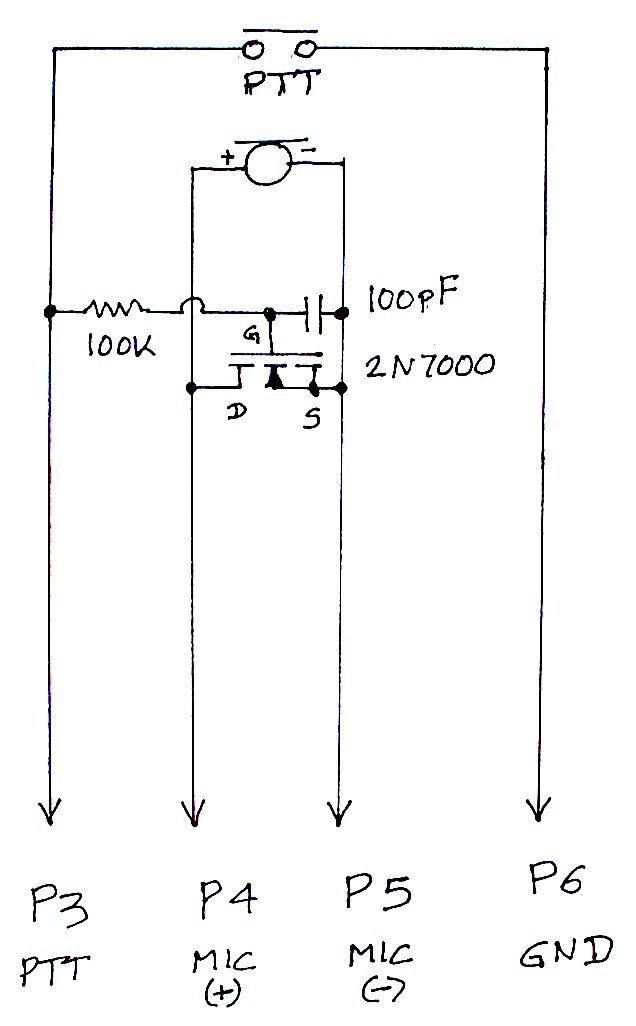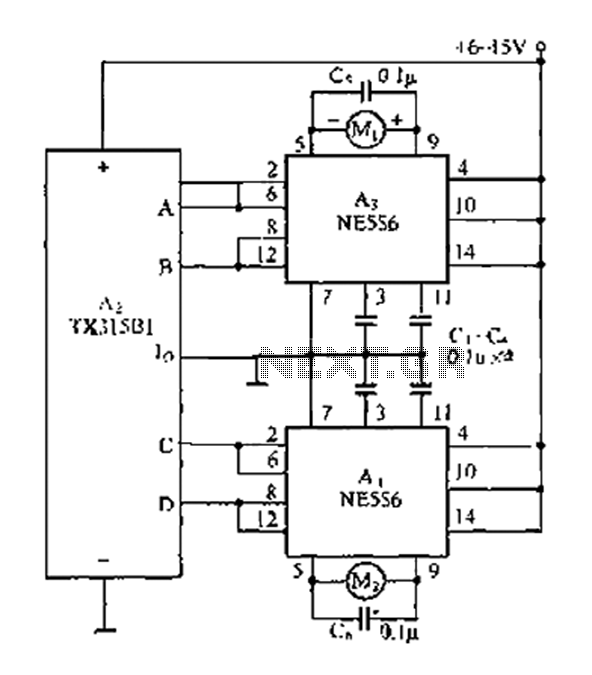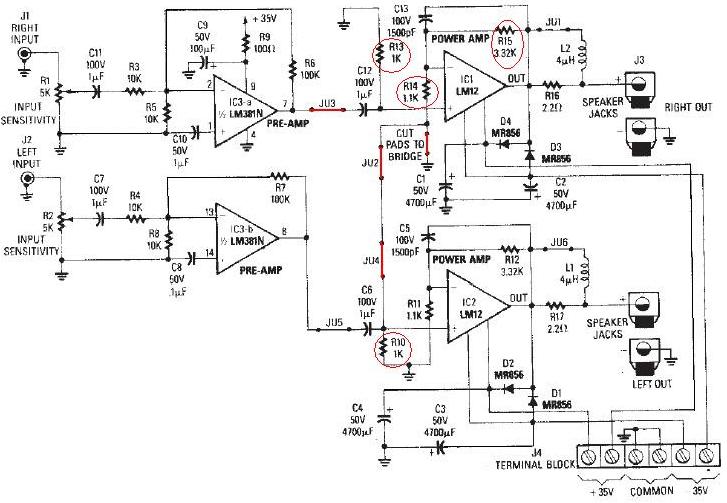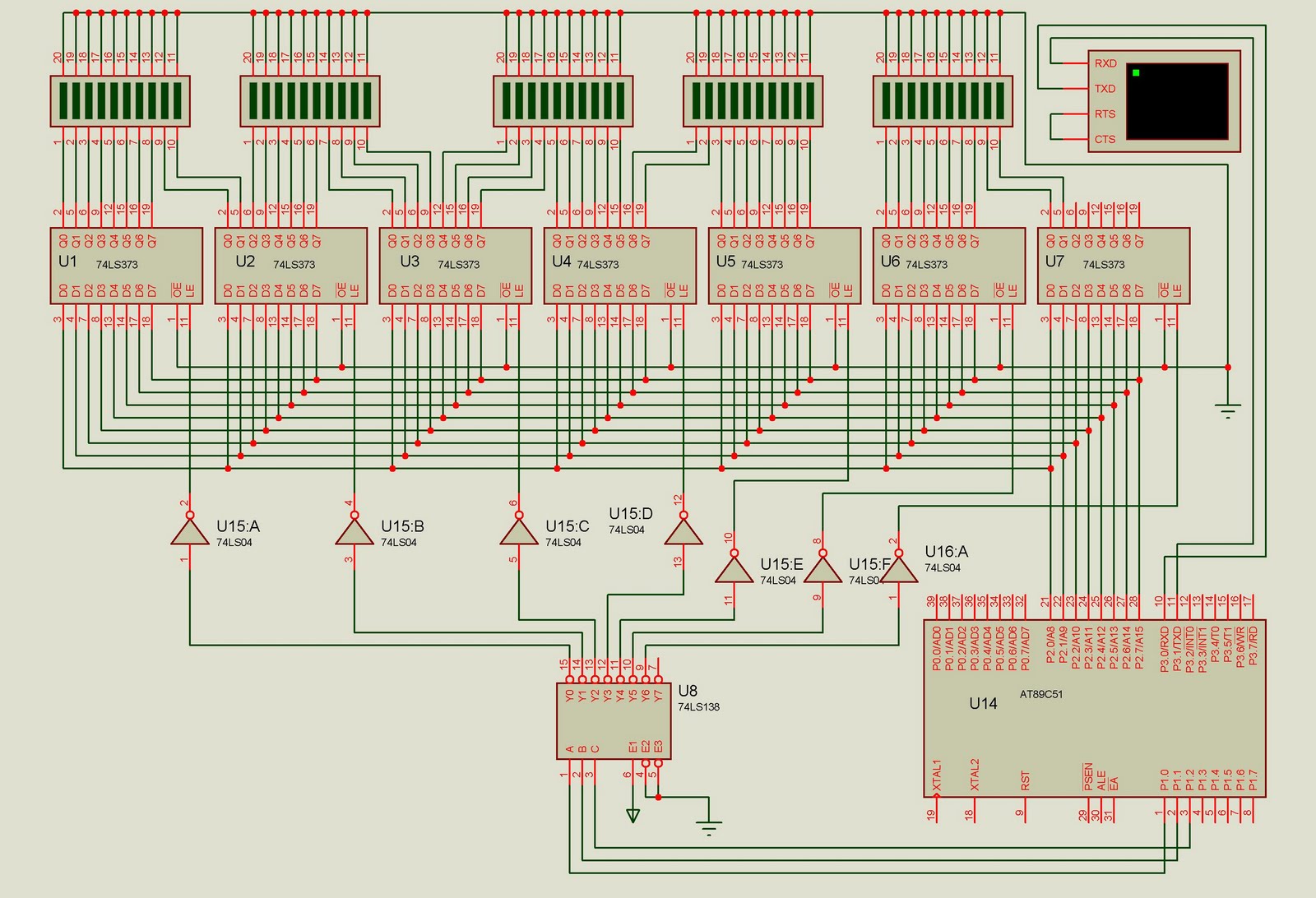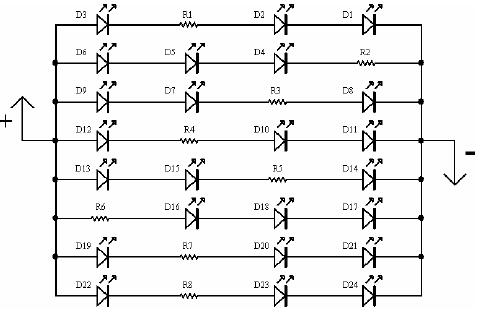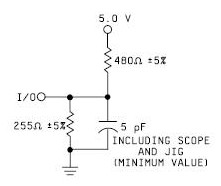
Troubleshooting a Triac Motor Control Circuit
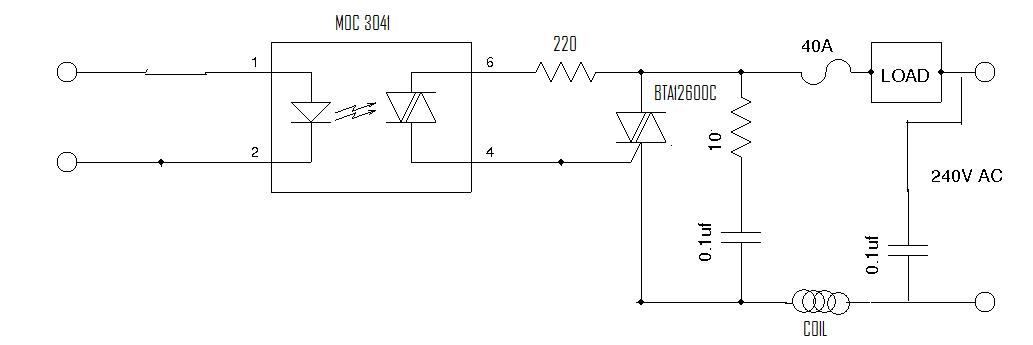
Even though the power was off, there was AC present at the handle plug, and a short circuit occurred. Upon disassembly, a blown transistor was discovered. An attempt was made to fix the issue, but after one month and over twenty dollars spent on parts, the device is still malfunctioning. The problem is located on the right side of the handle, which houses the solder vacuum pump. When the button on the handle is pressed, the pump activates and operates normally. However, upon releasing the button, the pump runs for a few seconds as expected, followed by a significant surge in current that sometimes blows the fuse on the Xytronic. This surge should not occur. All other components are functioning correctly. The circuit utilizes a zero-crossing triac in a six-pin DIP configuration, specifically a MOC 3041, which triggers a BTA12 600C triac. The circuit includes a coil, two 1 µF capacitors as protection devices, and several resistors. All components have been tested out of the circuit and appear to be functioning properly. This type of AC triac motor circuit is common. Although an attempt was made to upload the schematic, issues with cookies on the site prevented this. The situation, which appears simple, remains perplexing. The question arises as to what could cause the significant current surge when the motor stops. The schematic relates to the motor part of the circuit board, and the load is connected to a small AC motor rated at 110V, contrary to the 240V indicated in the picture. The schematic was modified using a found example on the web to match the existing circuit. The 1 µF capacitors are likely square plastic film or similar protection capacitors.
The circuit under discussion involves a triac-based control system designed for an AC motor, specifically a solder vacuum pump. The MOC 3041 optoisolator serves as a zero-crossing detector, which is crucial for reducing electromagnetic interference and ensuring smooth operation of the motor. The BTA12 600C triac is responsible for switching the AC load, allowing current to flow to the motor when activated.
The presence of two 1 µF capacitors in the circuit serves a dual purpose: they act as snubber capacitors to protect the triac from voltage spikes during switching and also help to filter noise that may affect the performance of the motor. The resistors present in the circuit help to limit current and ensure that the triac operates within its specified limits.
The issue with the current surge upon releasing the button could be attributed to several factors. One possibility is that the motor's inductive load is causing back EMF (electromotive force) when the current is interrupted, leading to a sudden spike in voltage that the circuit is not designed to handle. This phenomenon can cause the triac to latch or malfunction, resulting in a blown fuse.
To troubleshoot the problem further, it is advisable to examine the circuit layout for any potential short circuits or poor solder joints that may contribute to erratic behavior. Additionally, testing the triac's gate sensitivity and ensuring that it is not overly sensitive to transients could help mitigate the surge issue. It may also be beneficial to incorporate a flyback diode across the motor terminals to safely dissipate any back EMF generated when the motor is turned off, thereby protecting the triac and associated components from damage.Even thought the power was off there was AC at the handle plug and I shorted something. I pulled it apart and found a transistor blown apart. I figured it would be an easy fix. One month, twenty plus dollars in parts and many changes of components it is still not working correctly. The problem is on the right side, the handle with the solder vacuum pump. When you press the button on the handle the pump turns on and runs and when you let the button go, the pump will run for a few seconds, like it should and then there will be a big surge in current and sometimes it will blow the fuse on the Xytronic. This big surge shouldn`t be there. Everything else is working as it should. I looked into this circuit and it is using a zero crossing triac in a six pin DIP. A MOC 3041 this triggers the triac a BTA12 600C. It has a coil, two. 1uf caps or protection devices. A few resistors in this part of the circuit. I check them all out of circuit and they seem to check OK. It is kind of typical of AC triac motor circuit. I tried to upload the schematic but I am having problems with the cookies on this site and it won`t let me do it because it things this is my first question.
What looks simple, and just might be has me perplexed. What would cause this big surge of current when the motor stops Thank you, Russ This is the schematic from the motor part of the circuit board. The load goes to a small AC motor 110V. It isn`t 240V, as marked in the picture. it is all 110. I took a schematic I found on the web and changed a few parts in paint shop to get it match what I had.
It seems like I see this type of circuit in a number of places. The. 1uF are square plastic film or some kind of protection caps. Thanks again, Russ 🔗 External reference
The circuit under discussion involves a triac-based control system designed for an AC motor, specifically a solder vacuum pump. The MOC 3041 optoisolator serves as a zero-crossing detector, which is crucial for reducing electromagnetic interference and ensuring smooth operation of the motor. The BTA12 600C triac is responsible for switching the AC load, allowing current to flow to the motor when activated.
The presence of two 1 µF capacitors in the circuit serves a dual purpose: they act as snubber capacitors to protect the triac from voltage spikes during switching and also help to filter noise that may affect the performance of the motor. The resistors present in the circuit help to limit current and ensure that the triac operates within its specified limits.
The issue with the current surge upon releasing the button could be attributed to several factors. One possibility is that the motor's inductive load is causing back EMF (electromotive force) when the current is interrupted, leading to a sudden spike in voltage that the circuit is not designed to handle. This phenomenon can cause the triac to latch or malfunction, resulting in a blown fuse.
To troubleshoot the problem further, it is advisable to examine the circuit layout for any potential short circuits or poor solder joints that may contribute to erratic behavior. Additionally, testing the triac's gate sensitivity and ensuring that it is not overly sensitive to transients could help mitigate the surge issue. It may also be beneficial to incorporate a flyback diode across the motor terminals to safely dissipate any back EMF generated when the motor is turned off, thereby protecting the triac and associated components from damage.Even thought the power was off there was AC at the handle plug and I shorted something. I pulled it apart and found a transistor blown apart. I figured it would be an easy fix. One month, twenty plus dollars in parts and many changes of components it is still not working correctly. The problem is on the right side, the handle with the solder vacuum pump. When you press the button on the handle the pump turns on and runs and when you let the button go, the pump will run for a few seconds, like it should and then there will be a big surge in current and sometimes it will blow the fuse on the Xytronic. This big surge shouldn`t be there. Everything else is working as it should. I looked into this circuit and it is using a zero crossing triac in a six pin DIP. A MOC 3041 this triggers the triac a BTA12 600C. It has a coil, two. 1uf caps or protection devices. A few resistors in this part of the circuit. I check them all out of circuit and they seem to check OK. It is kind of typical of AC triac motor circuit. I tried to upload the schematic but I am having problems with the cookies on this site and it won`t let me do it because it things this is my first question.
What looks simple, and just might be has me perplexed. What would cause this big surge of current when the motor stops Thank you, Russ This is the schematic from the motor part of the circuit board. The load goes to a small AC motor 110V. It isn`t 240V, as marked in the picture. it is all 110. I took a schematic I found on the web and changed a few parts in paint shop to get it match what I had.
It seems like I see this type of circuit in a number of places. The. 1uF are square plastic film or some kind of protection caps. Thanks again, Russ 🔗 External reference
Warning: include(partials/cookie-banner.php): Failed to open stream: Permission denied in /var/www/html/nextgr/view-circuit.php on line 713
Warning: include(): Failed opening 'partials/cookie-banner.php' for inclusion (include_path='.:/usr/share/php') in /var/www/html/nextgr/view-circuit.php on line 713
